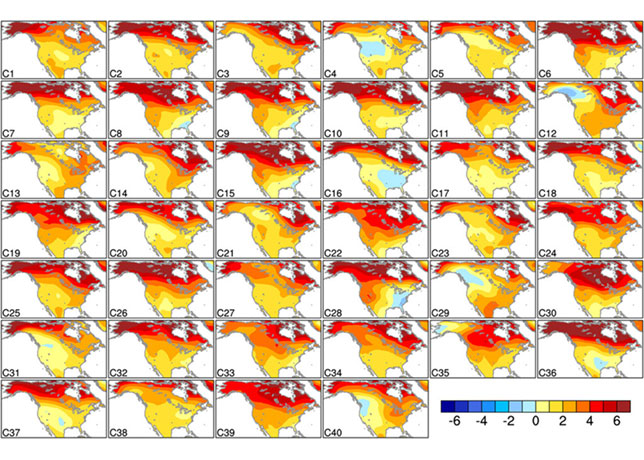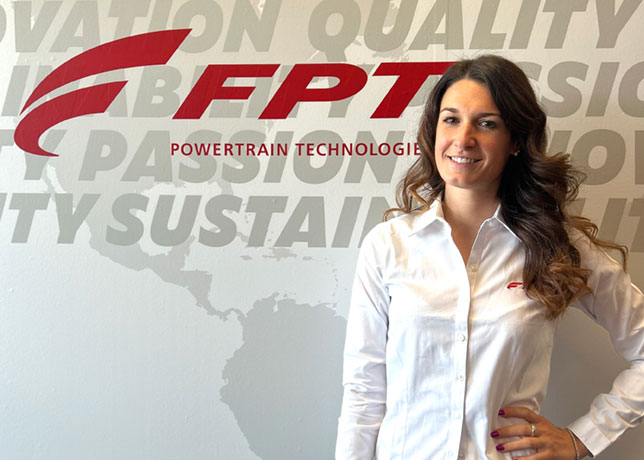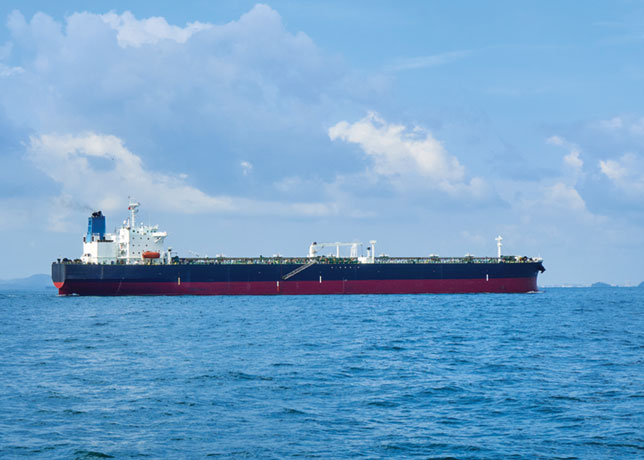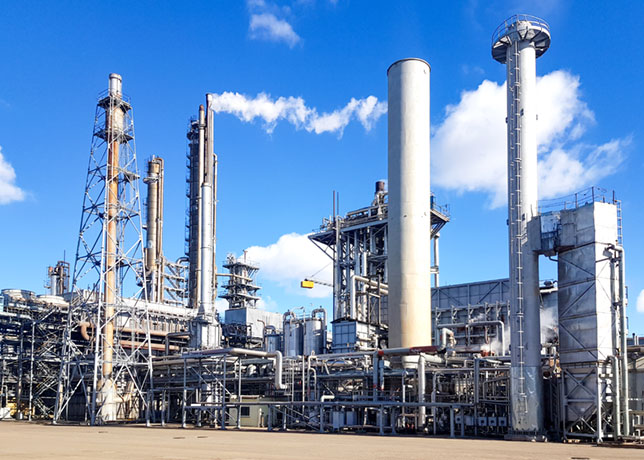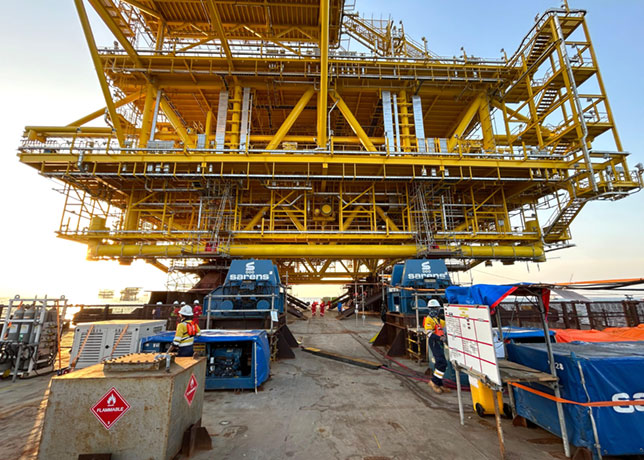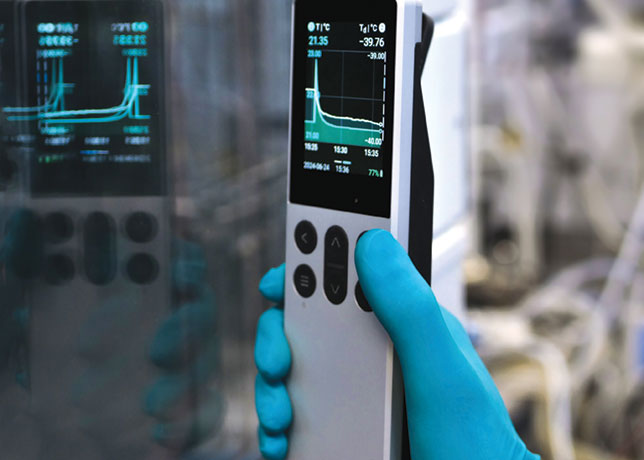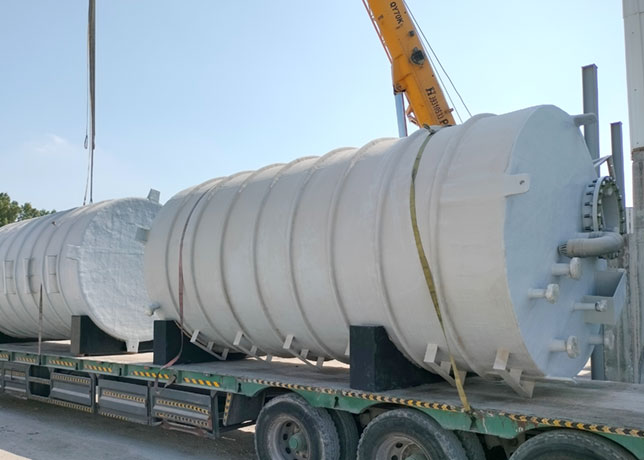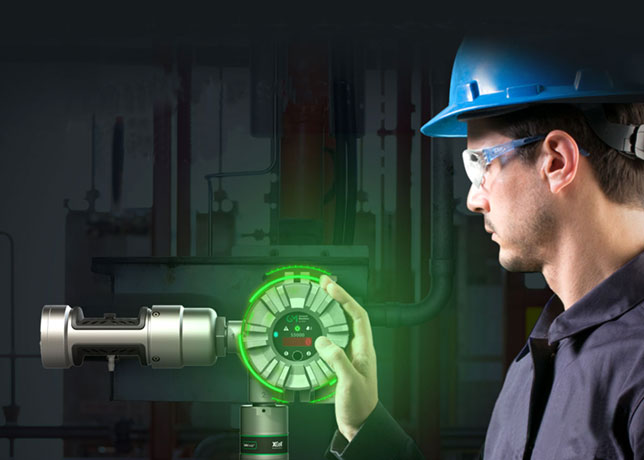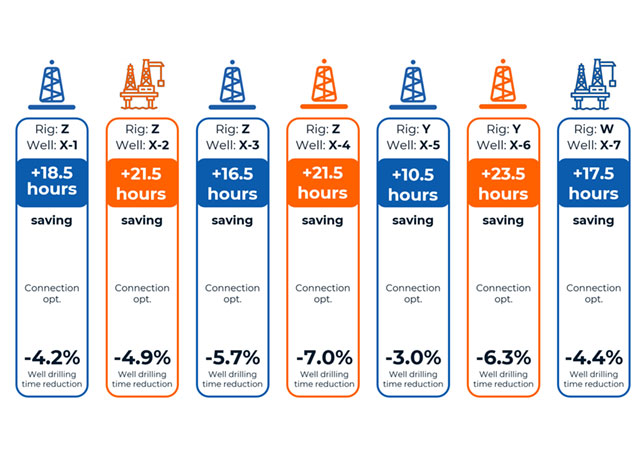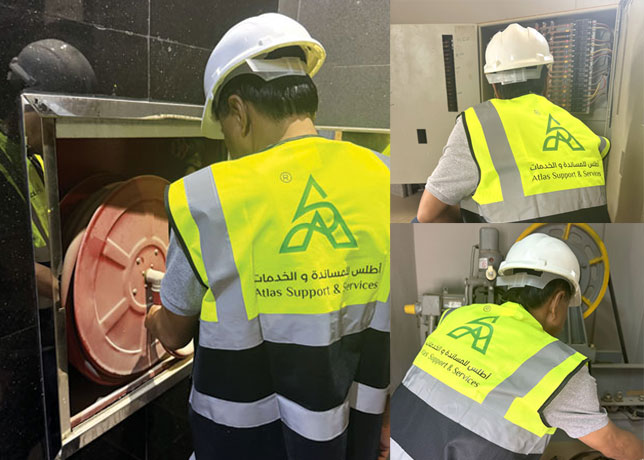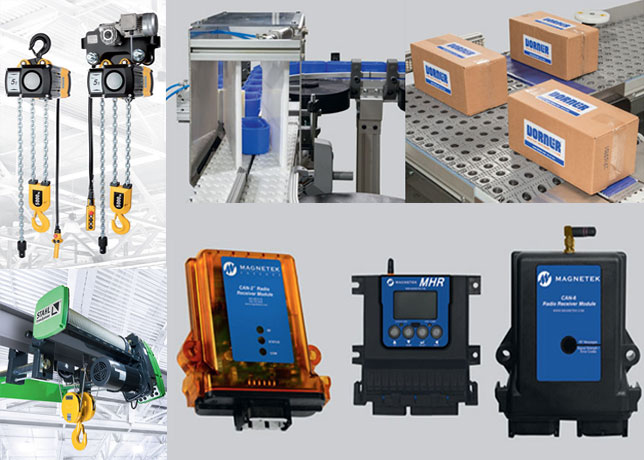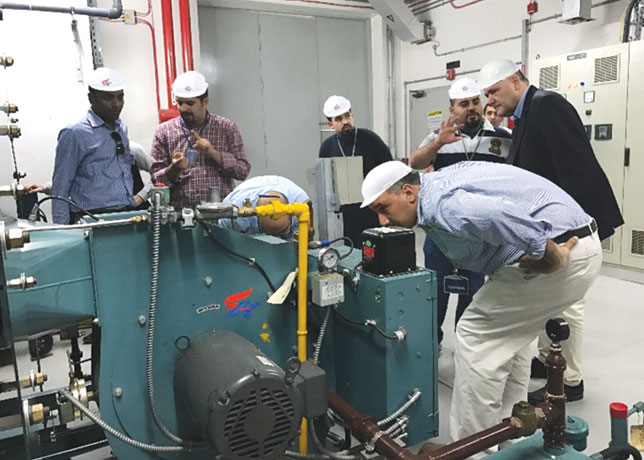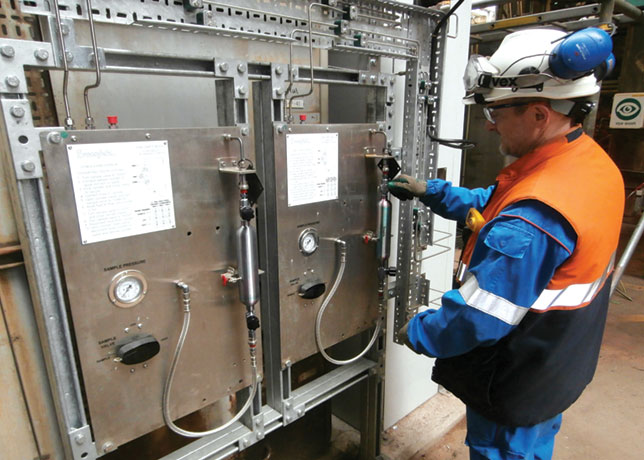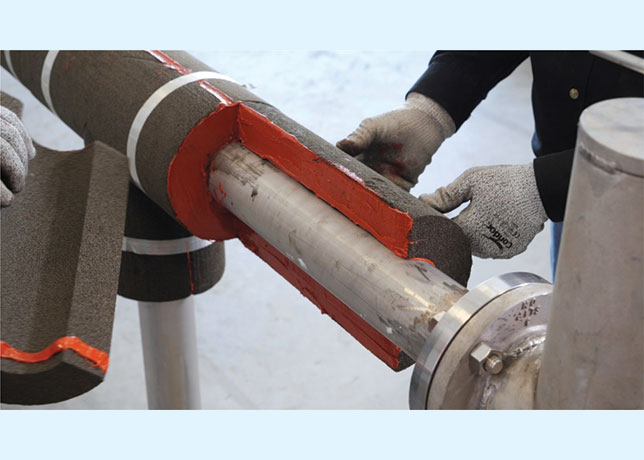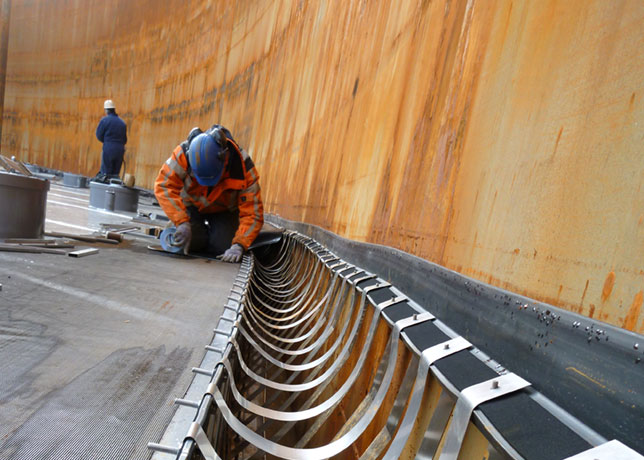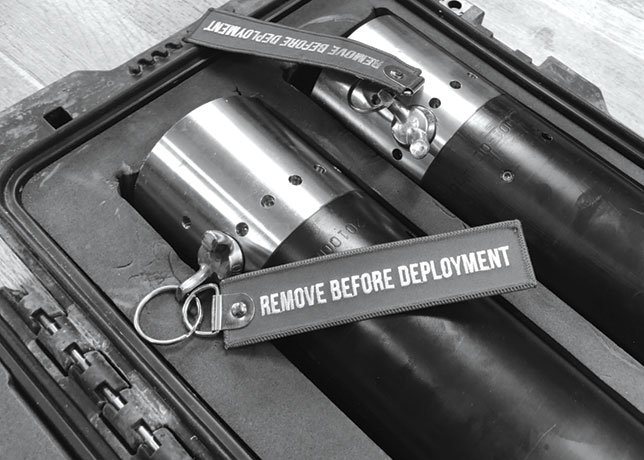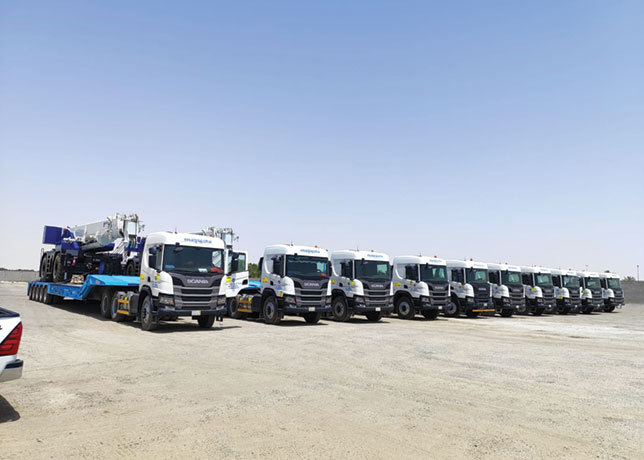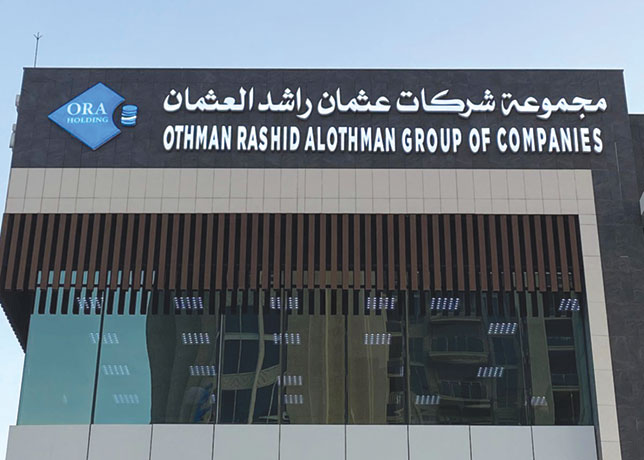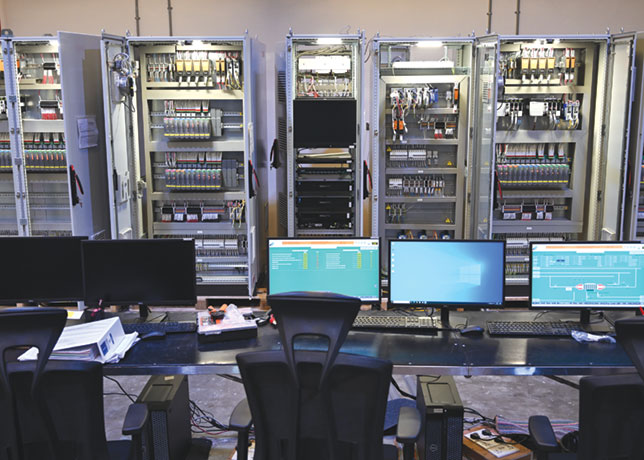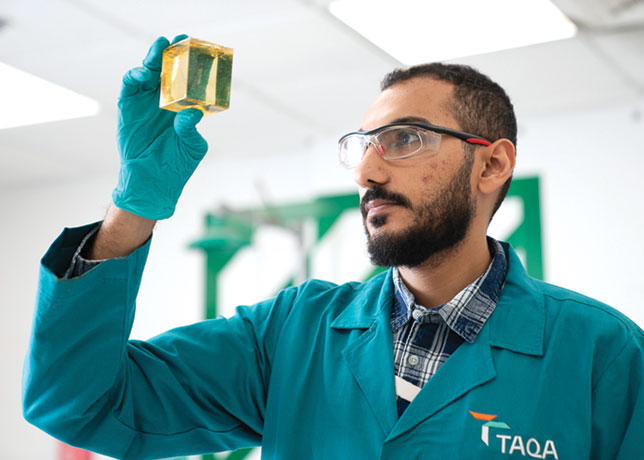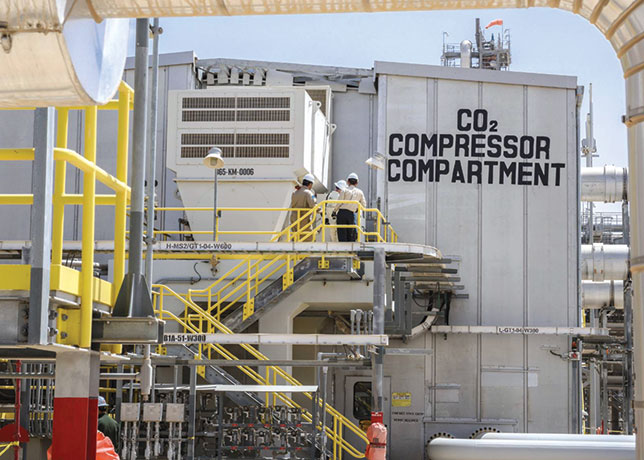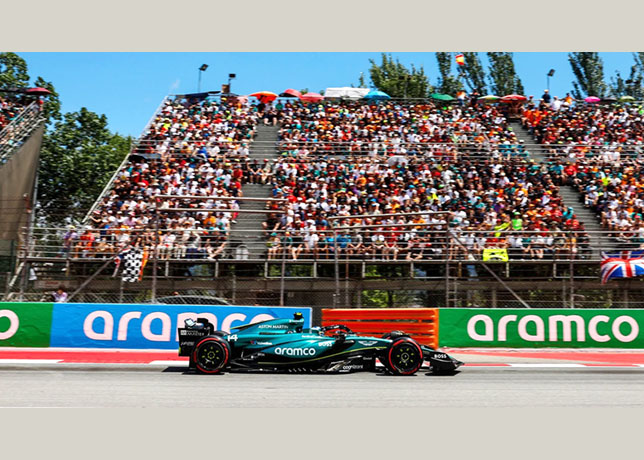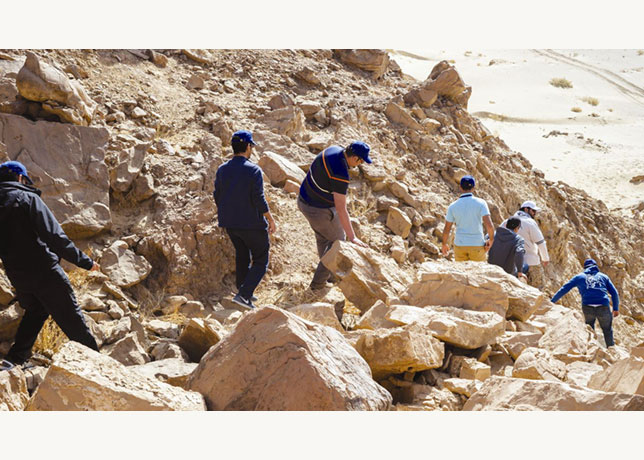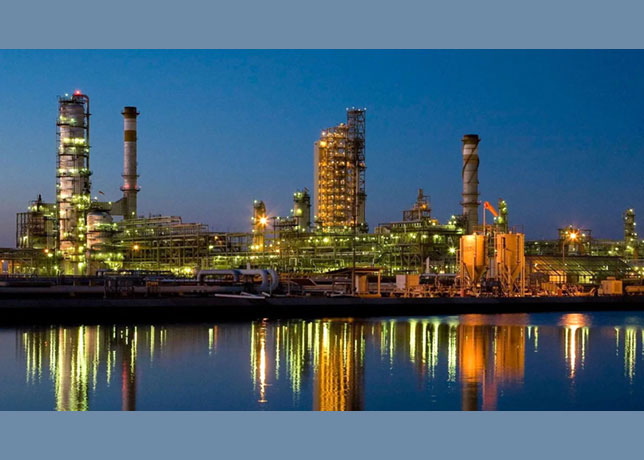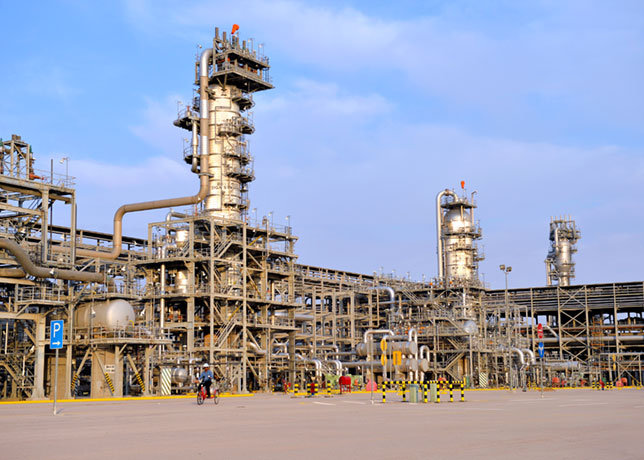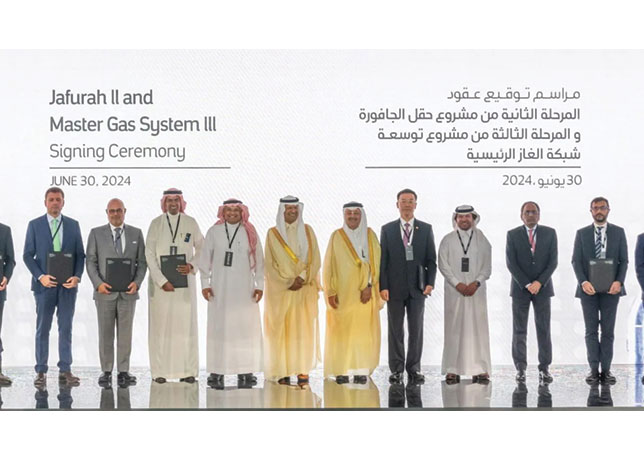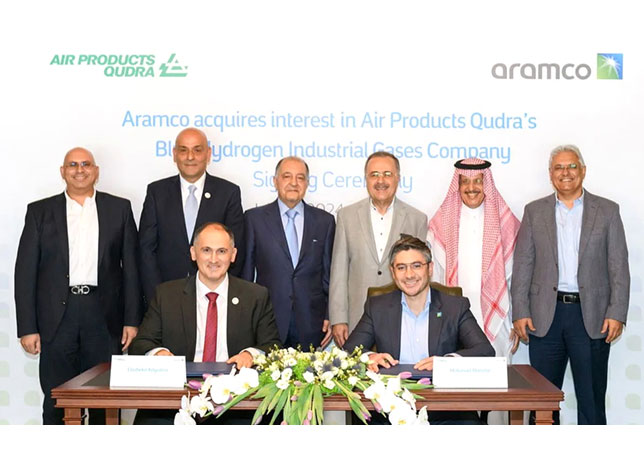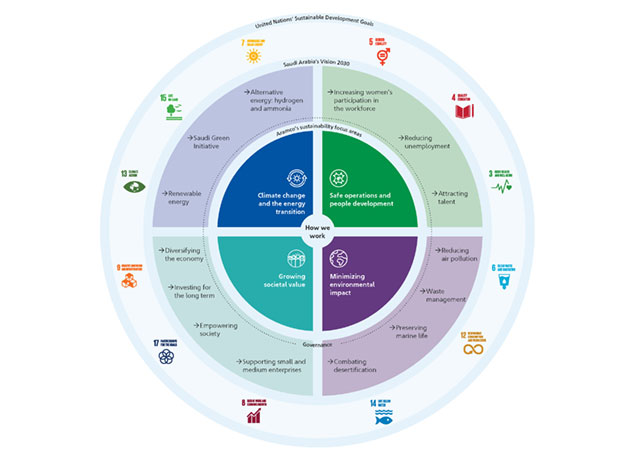
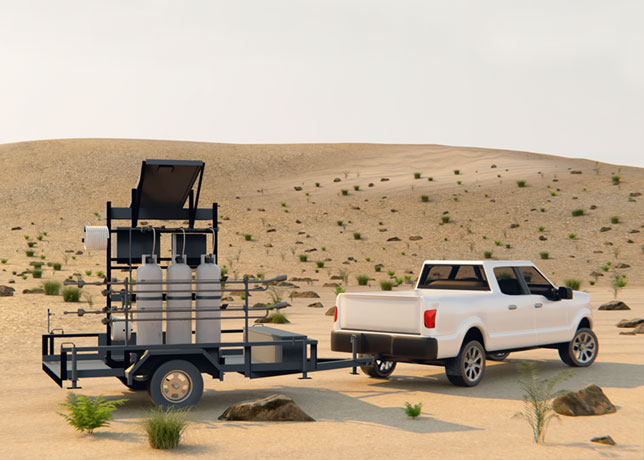 3D rendering of MIST trailer deployed on site by truck
3D rendering of MIST trailer deployed on site by truck
Jointly developed with Saudi Aramco, the trailer-based technology can easily be transported to sites for ignition and then to storage once the flaring event has concluded, Greg Seefeldt and Mohammed Abugharbieh tell OGN
Many burn pits or flare systems in remote areas often have pipes or flare tips installed in an unmanned location without any source of reliable ignition.
These flares are rarely used or used intermittently, and it becomes extremely expensive to install a permanent ignition system and maintain it when it is only used during specific flaring events, Greg Seefeldt, Director of Flares, Zeeco, and Mohammed Abugharbieh, Regional Director, Zeeco Middle East, tell OGN energy magazine.
The availability of fuel gas and power in remote areas is also an area of concern. However, reliable pilot ignition is critical to safely destroy flare gases sent to a burn pit.
 |
Mohammed Abugharbieh |
The solution to these concerns lies in the design and supply of the Mobile Ignition System Technology (MIST) – a technology jointly developed by Zeeco and Saudi Aramco that is patent-pending and suitable for safe, reliable, and portable pilot ignition.
The MIST system is trailer-based, making it simple to transport to one or multiple sites for ignition and then to storage once the flaring event has concluded.
The MIST system includes the following components, though the design can be adjusted if permanent pilots, wiring, and/or piping are installed in the flare area:
• Nitrogen (N2) for pilot purge.
• Propane for pilot gas with a standard pipe spool.
• Automatic/manual high energy ignition (HEI).
• Solar powered battery.
• Pilot ignition and monitoring in a local control panel (LCP).
• One portable pilot if a permanent pilot is not installed. The MIST can be adjusted to operate multiple pilots on a project-specific basis.
• HEI and thermocouple wire spooled on the MIST for connection to the junction box permanently installed in the flare area.
 |
Greg Seefeldt |
• Flexible hose spooled on the MIST for connection to a pilot gas line for the pilot.
The MIST was developed to supply a simple and optimal ignition system that is readily available whenever jobsite personnel require ignition capabilities for a system.
First, the operator connects the MIST to the burn pit junction box and purges the pilot gas line with N2.
Once completed, the HEI is activated, and propane is sent to the pilot, where an HEI spark-type ignitor lights it.
After the thermocouple confirms pilot ignition, flare gas is sent to the burn pit for safe destruction.
The MIST monitors pilot operation during flaring and automatically relights if the pilot goes out.
Once flaring is completed, the MIST can be disconnected and deployed to the next site or sent to storage.
The solar panel is the sole power source charging the unit’s battery. If needed, A/C power can be connected.
The LCP is relay-based due to the high possible temperatures. The primary function of the LCP is to ignite the pilot and monitor the pilot’s temperature.
In manual mode, the operator must turn the knob/switch and hold it until the pilot is lit.
In automatic mode, if the thermocouple reads below a set point, the LCP will re-ignite automatically.
Once the temperature is equal to or more than the set point of the temperature switch, the ignition process and sparking mechanism will stop automatically.
 |
A MIST prior to trailer installation |
The MIST requires operator intervention at startup to turn a switch after mechanical and cabling connections are made and gas is charged.
The operator's job is complete once the pilot is on and the flare is in operation. Upon the conclusion of the flaring event, the operator can exit the flaring area, leave the system in place, and return to the site to disconnect and transport the MIST to its next destination.
In summary, burn pit and remote flare systems must be designed, maintained, and operated safely.
The MIST is designed to have every necessary item on a skid, which can be transported to each job site to perform its primary function of reliably igniting flare pilots.
With reliable ignition of flare gas, the MIST guarantees reduced emissions from the flare, increases the safety of job site personnel, and ensures the destruction of harmful waste gas present in the plant, allowing facilities to keep operations running smoothly.






















































































